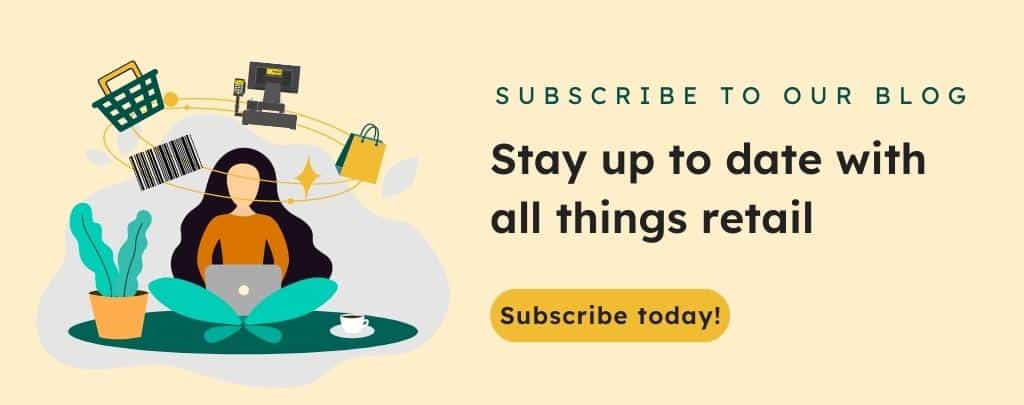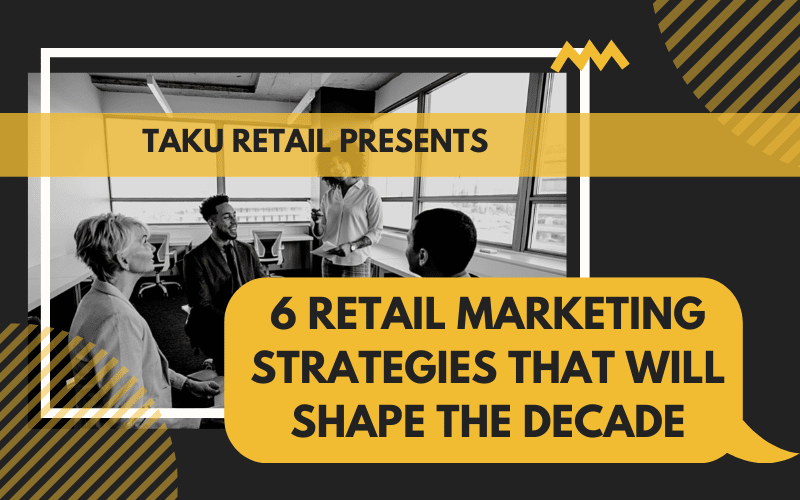There is an art to marketing your brand to retail shoppers. Because marketing is constantly changing, you need to adapt your marketing strategy as customer habits change over time. Here are 6 retail marketing strategies that will shape retail marketing over the next decade.
1. Personalized Experiences
A growing marketing strategy is the use of personalized ads and experience. 80% of shoppers reported that they’re more likely to do business with a brand that offers a personalized experience. Additionally, almost half of most customers want to see ads targeted at their interests.

So what is personalized experience? This generally means customizing promotions and discounts to the wants of a specific customer versus a generic message to all customers. Understanding the individual tastes and wants of your customer has never been easier. Modern POS systems allow you to track customer info, as well as their purchasing habits which you can use to create personalized experiences for them. For example, if a regular customer often buys colorful socks, but they have not made a purchase recently, you could send them a personalized in-store offer related to socks to encourage them to visit the store.
2. Visual search
Google’s image search is going to be a game changer in retail marketing. Searchers can upload images onto Google and reverse-search them, finding where others have uploaded the image on the internet. Give it a try here.

This can allow people to see images of a product online, save it, then find easily find stores that sell the item. There is a reason why Gartner said that visual search is one of 5 technologies that will have a great impact on the world of digital marketing in the years to come. It can improve nearly every stage of the buyer’s journey. We predict that marketing strategies that use product images and content with visual search will become common practice within the next 5 years.
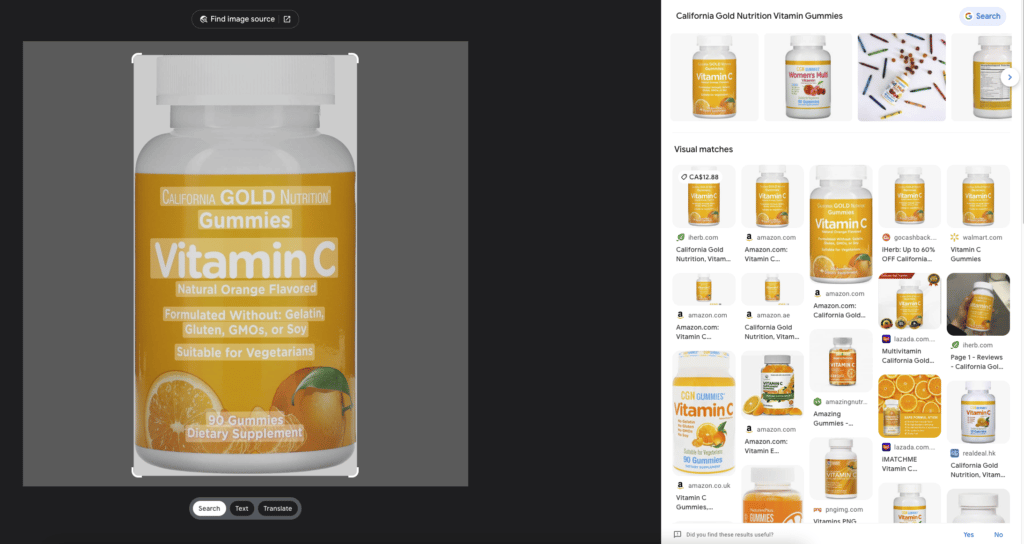
3. Strategizing for featured snippets
Featured snippets are short descriptions on websites that help you show up at the top of a Google search. The purpose of a featured snippet is to help users find a quick answer. You have probably experienced it before when you Googled a question and saw a quick answer at the top of the search results. That was a featured snippet.
This feature of Google is especially helpful as attention spans continue to decrease in recent years. Currently average attention spans are only 8 seconds long. This means it is essential to catch someone’s attention quick, or risk losing it altogether.
Featured snippets help reach catch audiences’ attentions quickly, however it can be difficult to get featured snippets. Check out this article on how you can optimize content for featured snippets. It’s worth mentioning that TAKU Retail is the first retail management software to be a trusted Google Partner. TAKU can help businesses appear higher up on Google search results and Maps when people search for you online.

4. ChatGPT and AI Chatbots
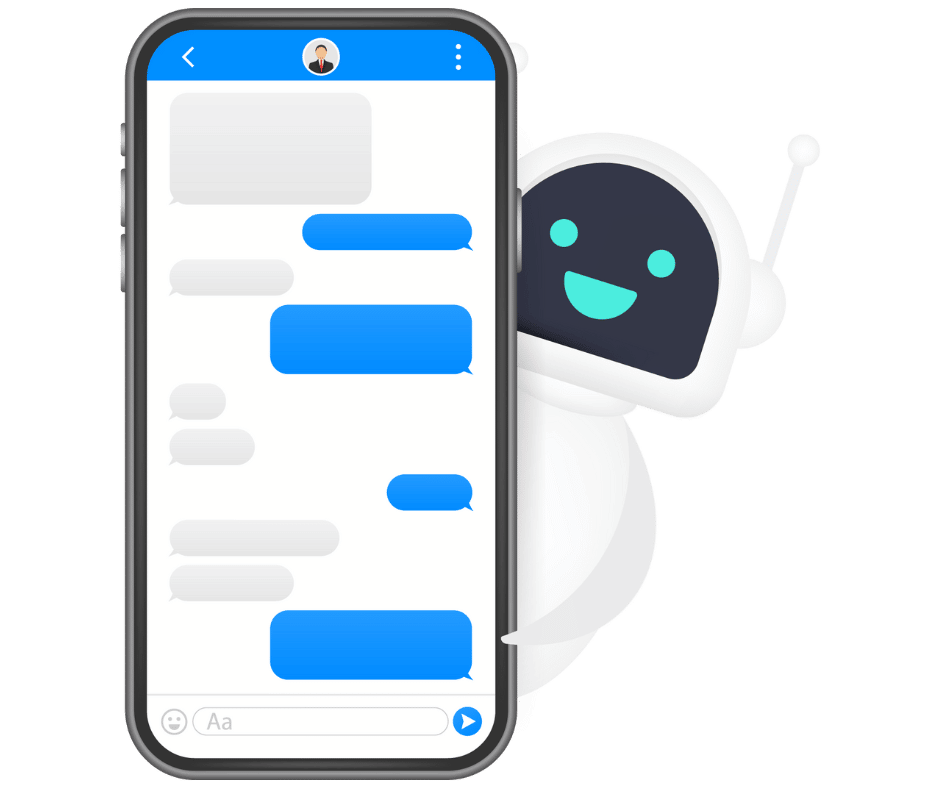
You have likely heard about how people are now using ChatGPT to search for information or to learn. But there are an increasing number of ways that AI chatbots can help retailers save time and money including:
- AI-generated marketing content. With access to so much data, AI chatbots are an easy way to quickly write content for social media or even the text for marketing campaigns on the fly. Think less writer’s block, and more engaging posts.
- Writing standardized company policies. While you would still want to have legal policies (e.g. your privacy policy) reviewed by a lawyer, you can draft general company, handbooks or order policies with ChatGPT in several minutes.
- Researching product trends for purchasing. ChatGPT’s knowledge is limited at this point, but the advantage of AI is that it will get smarter over time. It’s ability to analyze data from millions of websites makes it more likely to highlight product trends for you faster than searching for them online.
- Scheduling tasks, and overall time management. ChatGPT can help you create a daily work schedule and handle time-consuming tasks including things such as performance reports, shift schedules, etc.
- Solving problems. Because of the knowledge it has access to, ChatGPT is very good at generating ideas, drafting business plans, and estimating the costs to solve problems for your business. You should still always get secondary advice, but ChatGPT is a good starting point, even if only to check that you’re on the right path.
5. Accessible and inclusive content
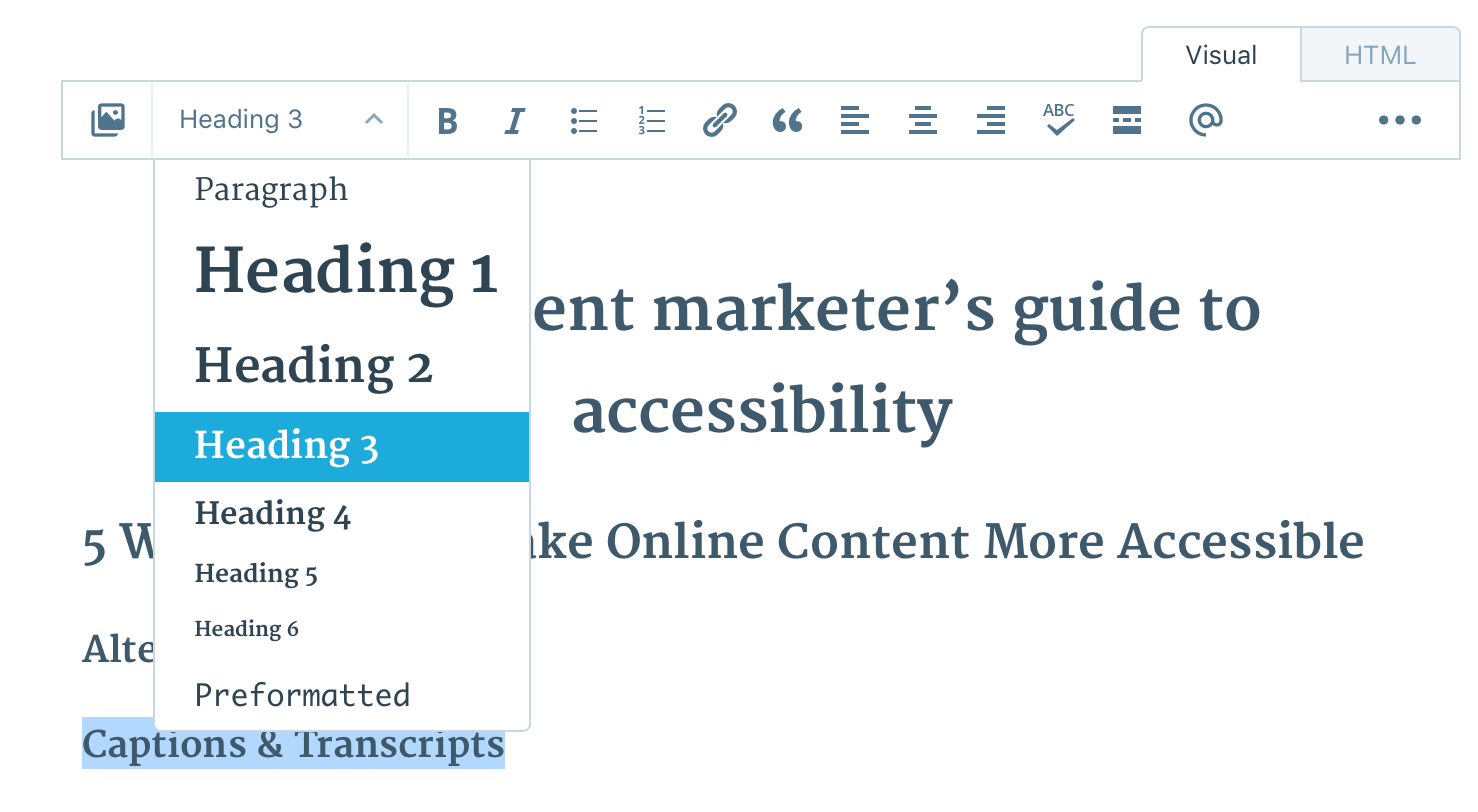
This is one of the most underrated of the 6 retail marketing strategies we are touching on today. It’s important for marketing content to be of quality, but what’s the point if it’s not easily understood? Making content more accessible could include adjustable font sizes (or more legible ones), more use of images to convey information for cognitive or reading impairments, and transcripts for videos/podcasts to name a few. The goal is to ensure that as many people as possible can actually engage with your content, and hopefully understand it. Reducing barriers to your content is key and will ensure you can maximize your reach.
6. Metaverse marketing
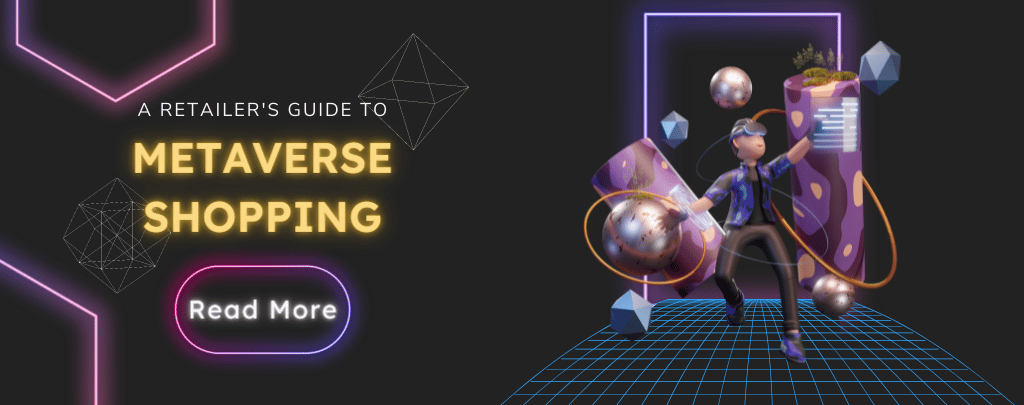
If you’ve read our metaverse blog post, you’ll know that more and more people are embracing the digital world. Technology will continue to change how humans interact with each other, extending to how they interact with businesses as well. This is why so many retailers are investing into marketing on the metaverse. Read our metaverse post to learn more about how augmented reality (AR) is being leveraged by big brands such as Ikea to enhance their customers’ shopping experiences.
The next decade is going to be an interesting time for marketers and entrepreneurs alike. As new strategies for promoting your business will continue to grab people’s attention, the promotional game is surely to continue to change. Make sure you’re staying ahead of the curve by subscribing to our blog.
